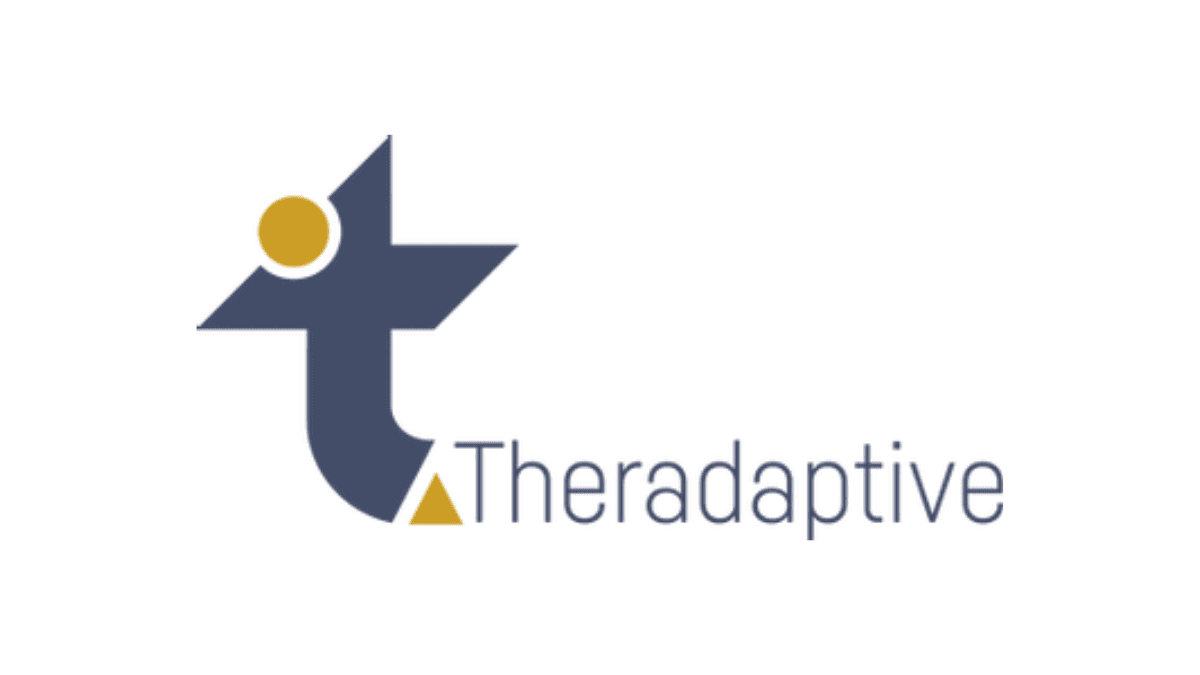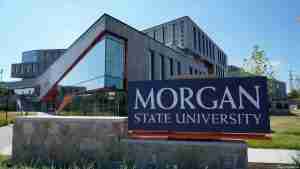
Theradaptive, Inc. Receives $6.2 Million Infusion of Cash from Series A Funding
Theradaptive, Inc. received a $6.2 million infusion of cash from a Series A funding round that will be used to drive the company’s lead biologic asset, AMP2, into clinical trials next year.
Last week, Frederick, Maryland-based Theradaptive announced the funding round, which was led by AMP Squared Capital Partners and joined by Maryland Venture Fund and Japan-based OrthoRebirth. The $6.2 million Series A complements $11.2 million in financing previously secured from the U.S. Department of Defense. To date, the company has raised $17.4 million including a grant in 2018 from the Maryland Stem Cell Research Fund.
AMP2 is a proprietary variant of BMP2, a bone inducing protein that regenerates bone tissue. BMP2 is currently the most bone-forming therapeutics available for use in humans. AMP2 was licensed from the U.S. Department of Defense U.S. Army Medical Research & Development Command.
Theradaptive founder Luis Alvarez said the company is developing the asset to help patients who suffer from spinal arthritis pain, bone defects that are unable to heal, as well as dental bone defects. The company intends to initiate Phase I/II studies in 2022.
“AMP2 will be able to address conditions that affect quality of life for millions of people and for which current treatments are inadequate,” Alvarez told BioBuzz.
Theradaptive’s AMP2 can be applied like paint to a wide variety of medical devices and implants. That will allow for a more precise and safer method for regenerating native bone tissue, the company said. If AMP2 pans out in the clinic and is approved by the U.S. Food and Drug Administration, Theradaptive believes AMP2 could capture significant a portion of the $8 billion U.S. spinal fusion market.
George Muschler, a professor of Orthopedic Surgery and Biomedical Engineering, practicing orthopedic surgeon at the Cleveland Clinic and member of Theradaptive’s Advisory Board, said AMP2 has beaten the standard of care in every clinical study to date.
“We are eager to evaluate this promising therapeutic in clinical trials. We are thrilled to see such strong validation of Theradaptive’s platform in orthopedic regeneration and are excited to see expansion into new therapeutic areas,” Muschler said in a statement.
Before AMP2 can enter the clinic, Theradaptive will have to complete preclinical work that will position the company to submit its Investigational Device Exemption application to the FDA in early 2022, Alvarez said. The company is also in the process of scaling its GMP manufacturing to support clinical studies. To support that effort, Alvarez said Theradaptive expects to double the size of its team over the next year as it moves into the clinic.
Theradaptive isn’t resting on its financial laurels. Alvarez said the company is already looking at a Series B funding round that will support commercialization plans for AMP2. They already have some commitments to the next investor round.
“We have robust interest from several potential strategic partners and will establish an exclusive relationship with a U.S. partner in the orthopedic and spine space. We also have early commitments from investors for our Series B round which will close later in 2021,” Alvarez said.
In addition to the development of AMP2, Theradaptive will also use funds from Series A to develop new therapeutics through the company’s proprietary protein engineering platform. Theradaptive’s platform has applications in multiple clinical areas, including soft tissue repair, endovascular drug delivery, and local chemotherapy. Products in the company’s pipeline include therapeutics for orthopedic trauma, spinal fusion, and osteochondral repair.




